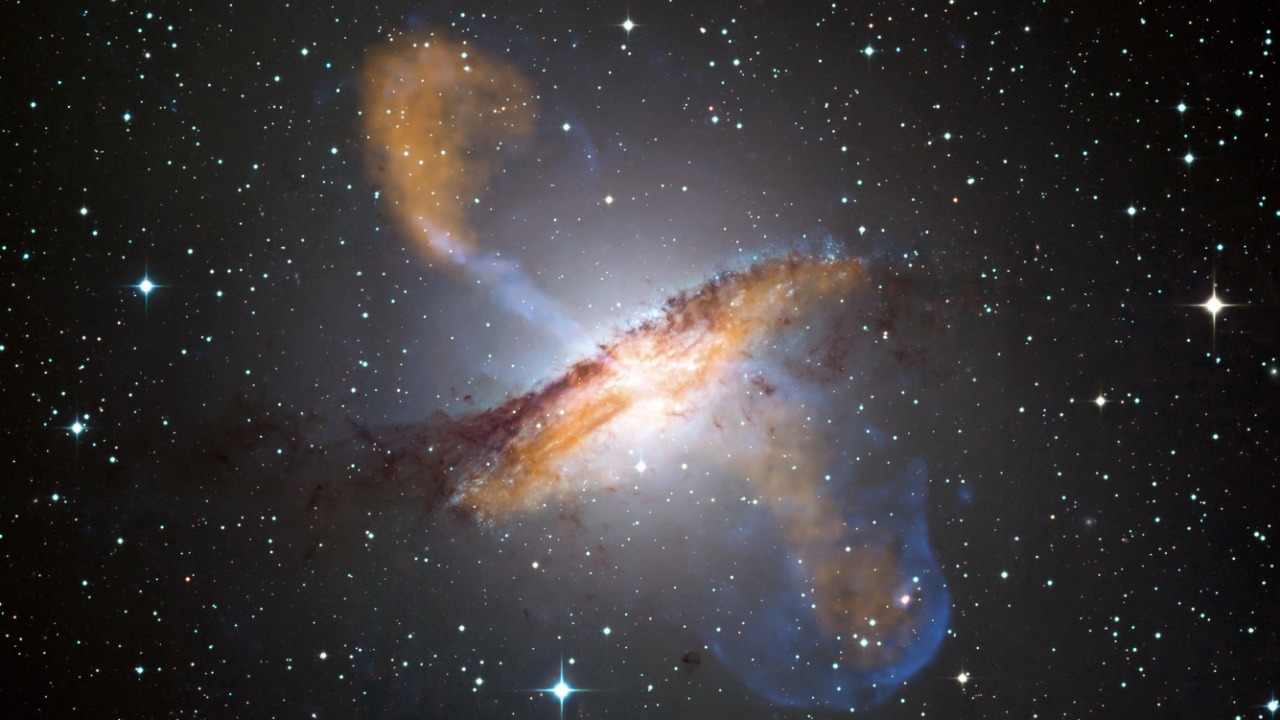
In a groundbreaking development, scientists have detected the ringing of black holes following a collision event, confirming the decades-old predictions of Stephen Hawking and Albert Einstein about black holes. This discovery not only validates Hawking’s black hole law but also fortifies Einstein’s theory of gravity, providing a deeper understanding of the universe’s most mysterious entities.
Hawking’s Decade-Old Prediction
Stephen Hawking’s theoretical work on black holes has been a cornerstone of astrophysics for decades. His predictions about black holes ringing after mergers have now been confirmed, providing a significant boost to our understanding of these celestial phenomena. Hawking’s black hole law describes the aftermath of black hole collisions, predicting that the resulting black hole would emit a unique ‘ringing’ sound across space and time.
However, the challenge lay in observing this prediction. The elusive nature of black holes and the vast distances involved made it difficult to gather direct evidence. It took decades of technological advancements and persistent research to finally confirm Hawking’s prediction, marking a significant milestone in astrophysics.
Einstein’s Role in Black Hole Theory
Albert Einstein’s contributions to the theory of general relativity form the bedrock of our understanding of gravity. His work predicted the existence of gravitational waves, ripples in the fabric of space-time caused by violent cosmic events like black hole mergers. The recent confirmation of Hawking’s black hole law strengthens Einstein’s theory, providing further evidence of the existence and properties of gravitational waves.
The interplay between Einstein’s theory of gravity and Hawking’s predictions about black holes has been a subject of intense study. The recent observations have validated both theories, demonstrating the intricate relationship between black holes and the fabric of space-time, without the need for historical digressions.
The Breakthrough Black Hole Collision
The event that led to this monumental discovery was a collision between two black holes. This collision resulted in a merger, creating a larger black hole and releasing a burst of energy in the form of gravitational waves. These waves traveled across the universe, carrying with them the ‘ringing’ sound predicted by Hawking.
The gravitational wave signal from this collision, designated as gw250114, played a crucial role in enabling the detection of the black hole ringing. The characteristics of the colliding black holes and their merger process were key factors in the strength and properties of the gravitational waves produced.
Detection of Black Hole Ringing
The detection of black hole ringing is a monumental achievement in the field of astrophysics. The ringing was captured as an auditory signal, providing a unique perspective on the behavior of black holes post-collision. The instruments and methods used to capture this signal were instrumental in proving the theories of Hawking and Einstein.
The high-resolution data from the merger allowed scientists to analyze the ringing in detail. The precision of this data was crucial in confirming the predictions about black holes and their behavior after collisions, providing a more comprehensive understanding of these celestial entities.
Confirmation of Key Theories
The detection of black hole ringing directly confirms Hawking’s famous prediction. This validation not only strengthens our understanding of black holes but also sheds light on the fundamental laws of the universe. The evidence from the black hole collision also strengthens Einstein’s theory of gravity, providing further proof of the existence and properties of gravitational waves.
The black hole collision played a crucial role in proving both scientists’ theories. The ringing of the black holes and the resulting gravitational waves provided direct evidence of the predictions made by Hawking and Einstein, marking a significant advancement in the field of astrophysics.
Implications for Astrophysics
This confirmation of Hawking’s and Einstein’s theories has far-reaching implications for the field of astrophysics. It advances our understanding of black hole mergers and provides valuable insights into the behavior of these mysterious entities. The high-resolution data from the black hole collision will be invaluable in future research on gravitational waves and black hole behavior.
The breakthrough also has potential impacts on future gravitational wave research. The detection of black hole ringing provides a new avenue for studying these waves and their sources, potentially leading to further discoveries about the universe. Furthermore, the ringing phenomenon could lead to refinements in models of space-time distortion, providing a more accurate representation of the universe’s fabric.
More from MorningOverview